The Evolution of Fashion: A Journey Through Time
Embark on a captivating journey through time with our blog series, "The Evolution of Fashion." From ancient drapery to modern couture, explore the transformative tapestry of style that has shaped the way we dress
FASHION HISTORY
Joshua Scarsellone
12/9/20234 min read
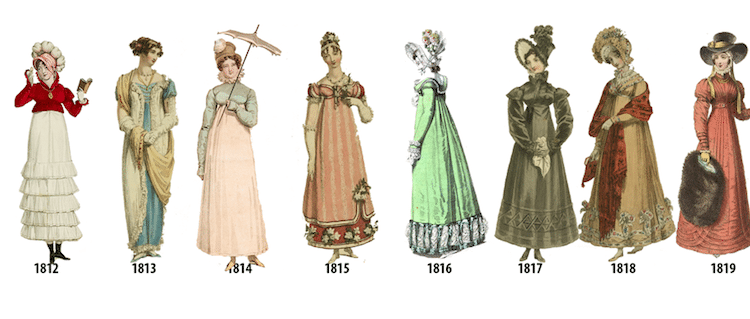

The Origins of Fashion
Fashion has always been a part of human culture, serving as a means of self-expression and a reflection of societal norms. The history of fashion stretches back thousands of years, with its roots deeply embedded in ancient civilizations.
In ancient Egypt, for example, clothing played a significant role in distinguishing social status. The wealthy wore fine linen garments adorned with intricate jewelry, while the common people wore simpler, more practical attire. The ancient Egyptians also had a penchant for elaborate headdresses and accessories, which added a touch of grandeur to their overall appearance.
Similarly, in ancient Greece, clothing was not only a means of protection from the elements but also a symbol of social status and identity. The draped garments known as chitons were worn by both men and women, with variations in style and fabric indicating their social standing. The ancient Greeks also introduced the concept of fashion trends, with certain colors and patterns gaining popularity during specific periods.
The Medieval Era: A Shift in Fashion
The medieval era witnessed a significant shift in fashion, as societal norms and cultural influences played a crucial role in shaping clothing styles. During this time, clothing became more structured and elaborate, reflecting the hierarchical nature of society.
The feudal system of medieval Europe dictated that clothing should be a clear indicator of one's social status. The nobility and royalty wore luxurious fabrics such as silk and velvet, adorned with intricate embroidery and embellishments. Peasants, on the other hand, wore simple, plain garments made from coarse fabrics.
The influence of religion was also evident in medieval fashion. The Catholic Church, for instance, had strict guidelines on appropriate dress, with clergy members wearing distinct robes and garments. Modesty was highly valued, and clothing was expected to cover the body from head to toe.
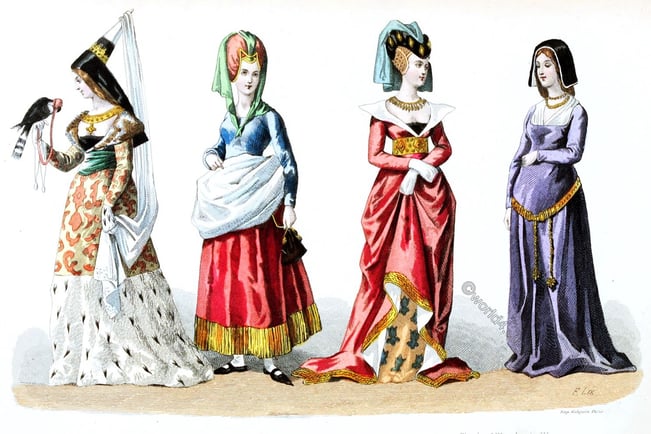

The Renaissance: A Rebirth of Fashion
The Renaissance period marked a significant turning point in the history of fashion. It was a time of great cultural and artistic revival, and this was reflected in the clothing styles of the era.
During the Renaissance, clothing became more tailored and fitted, emphasizing the natural shape of the body. The invention of the sewing machine revolutionized the production of clothing, allowing for more intricate designs and a wider range of fabrics.
The wealthy elite of the Renaissance era embraced fashion as a means of displaying their wealth and social status. Sumptuary laws were enacted to regulate the types of clothing that different social classes could wear, ensuring that the nobility maintained their distinct style.
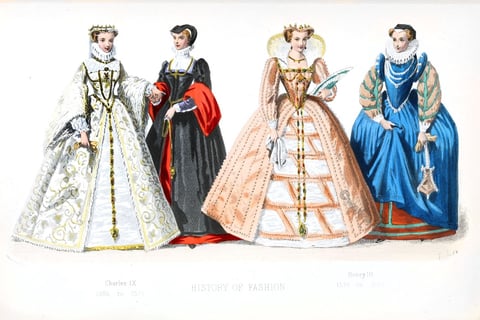

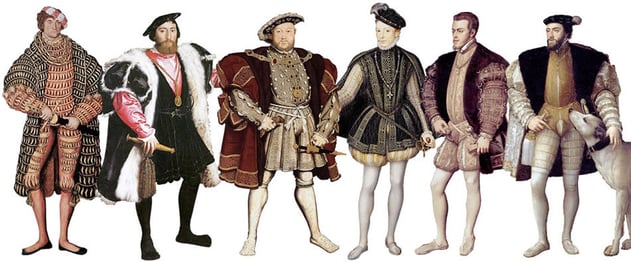

The Industrial Revolution: Fashion Goes Mainstream (Victorian Era)
The Industrial Revolution brought about significant changes in society, including the way clothing was produced and consumed. With the advent of mass production, fashion became more accessible to the masses.
During this time, fashion trends began to change at a much faster pace. The rise of department stores and fashion magazines allowed people to keep up with the latest styles and purchase affordable, ready-to-wear clothing.
As the 20th century dawned, fashion became increasingly influenced by popular culture and the media. Hollywood stars and fashion icons set the trends, and clothing became a means of personal expression rather than just a reflection of social status. distinct style.
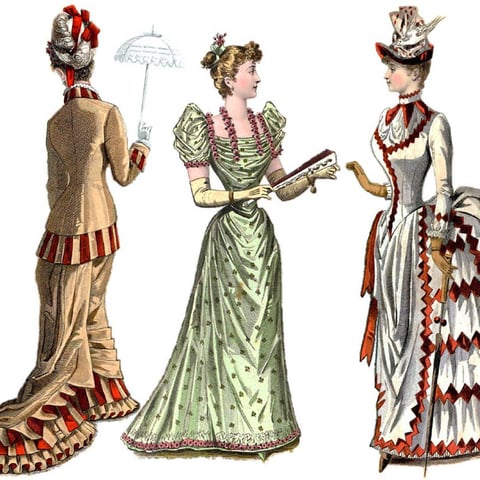

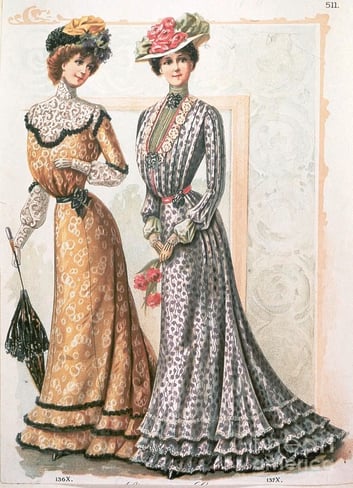

The Modern Era: Fashion as Self-Expression
Today, fashion is more diverse and inclusive than ever before. It is no longer solely dictated by societal norms or the elite. People have the freedom to express their individuality through their clothing choices, and fashion has become a form of self-expression.
The rise of sustainable fashion and ethical practices has also become a significant movement in recent years. People are becoming more conscious of the environmental and social impact of the fashion industry, leading to a demand for more sustainable and ethical clothing options.
Technology has also played a role in shaping modern fashion. The internet and social media platforms have given rise to online shopping and the ability to discover new fashion trends from around the world. Fashion influencers and bloggers have become powerful voices in the industry, shaping trends and challenging traditional notions of beauty and style.
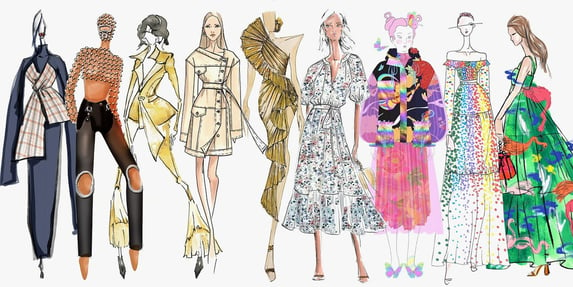

In Conclusion
The evolution of fashion is a testament to the ever-changing nature of human society. From ancient civilizations to the modern era, clothing has served as a reflection of social status, cultural influences, and personal expression. As we continue to embrace diversity and sustainability, the future of fashion holds endless possibilities